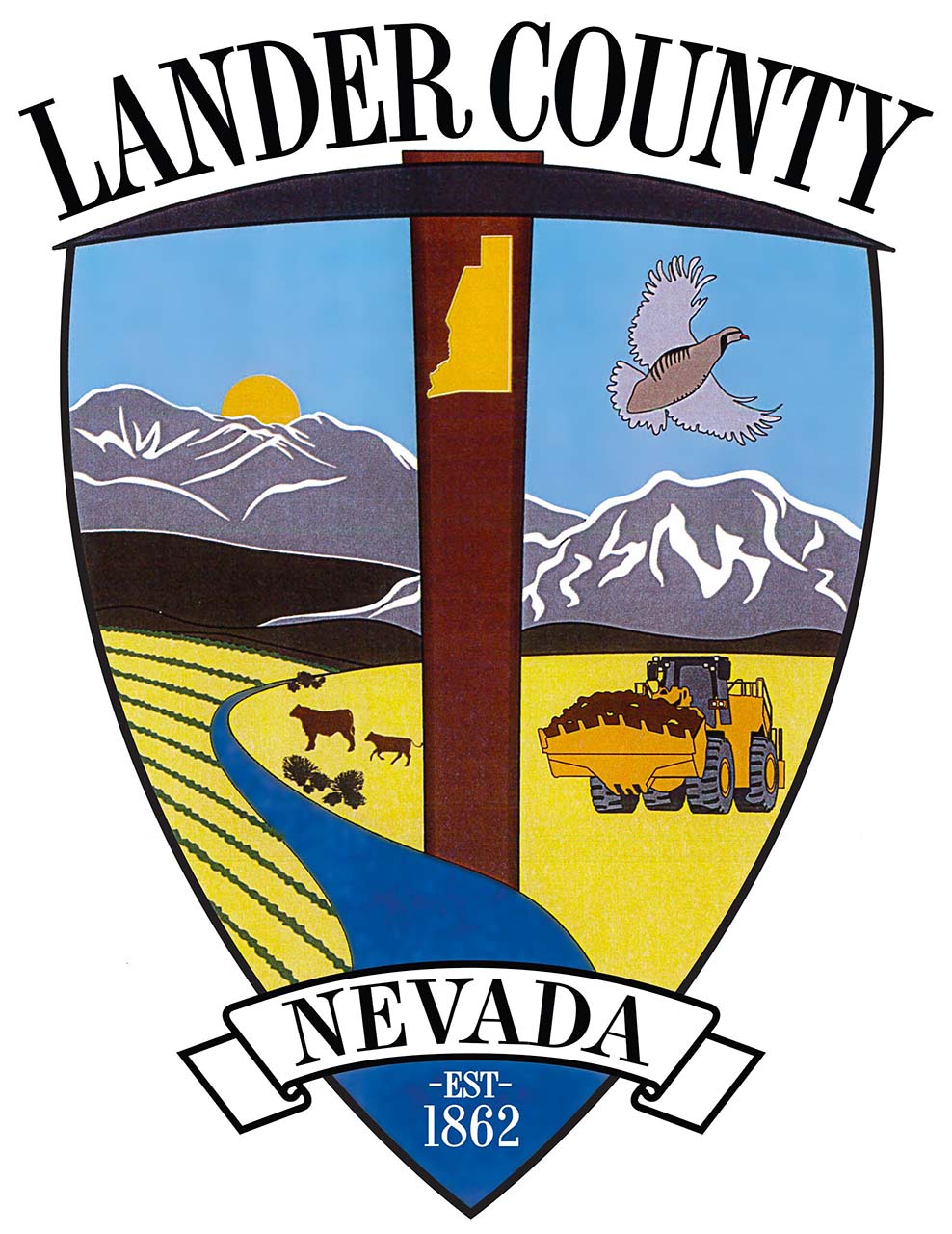Follow Us x
Rich History
The town of Austin is a small, unincorporated community located in Lander County, Nevada. As of 2004, its population is approximately 340. It is located on the western slopes of the Toiyabe Range at an elevation of 6,605 feet. U.S. Highway 50 passes through the town.
Named for Austin, Texas, Austin was founded in 1862, as part of a silver rush reputedly triggered by a Pony Express horse who kicked over a rock. By summer 1863, the Austin and the surrounding Reese River Mining District had a population of over 10,000, and it became the county seat of Lander County (the seat was shifted to Battle Mountain in 1979).
The Nevada Central Railroad was built to connect Austin with the transcontinental railroad at Battle Mountain in 1880. However, by that time the boom was almost over. Major silver production ended by 1887, although there was a slight revival in the 1910s. In the mid 1950s there was a great deal of interest in uranium deposits in the area, but the ore proved to be of low quality. High quality turquoise is still mined in the area in small quantities. Gold and silver mining has continued in the area sporadically and at generally low levels of production.
Today Austin is a living ghost town, and is perhaps the best preserved example of an early Nevada mining town. It contains three beautiful churches. The Catholic church, the last remaining structure of the first four Catholic churches built in Nevada, and the Methodist church were both built in 1866. The Methodist Church is now used as a community center. The Catholic church, St. Augustine's, has been purchased and is being restored as a cultural center for Central Nevada. The Episcopal church, considered by some to be the prettiest frontier church still standing, was built in 1878 and is still in regular use. The International Hotel, first built in Virginia City in 1859 and parts of it were moved to Austin in 1863 still serves meals and drinks, but does not rent out rooms (there is a motel across the street). The International Hotel is said to be the oldest in Nevada. Austin contains numerous other historical buildings, in various states of repair.
Stokes Castle, a three-story stone tower, is located just outside of town. Started in the fall of 1896 and completed in June, 1897, by Anson Phelps Stokes, mine developer, railroad magnate and member of a prominent eastern family, as a summer home for his sons, principally J.G. Phelps. After the castle (or the tower, as the Stokes family always referred to it) was completed, it was used by the family for one brief period in June and July, 1897. Since then, with one possible exception, the structure has remained unoccupied.
Stokes Castle is made of native granite, hewn and put in place by the ancestors of people still living in Austin. The huge stones were raised with a hand winch and held in position by rock wedging and clay mortar. The architectural model for the castle was a medieval tower Anson Stokes had seen and admired on an Italian campagna, near Rome. It originally had three floors, each with a fireplace, plate glass view windows, balconies on the second and third floors, and a battlemented terrace on the roof. It had plumbing very adequate for the times and was sumptuously furnished. The structure stands as an abiding monument to the local men who built it and to those who helped develop the mines of Austin.



